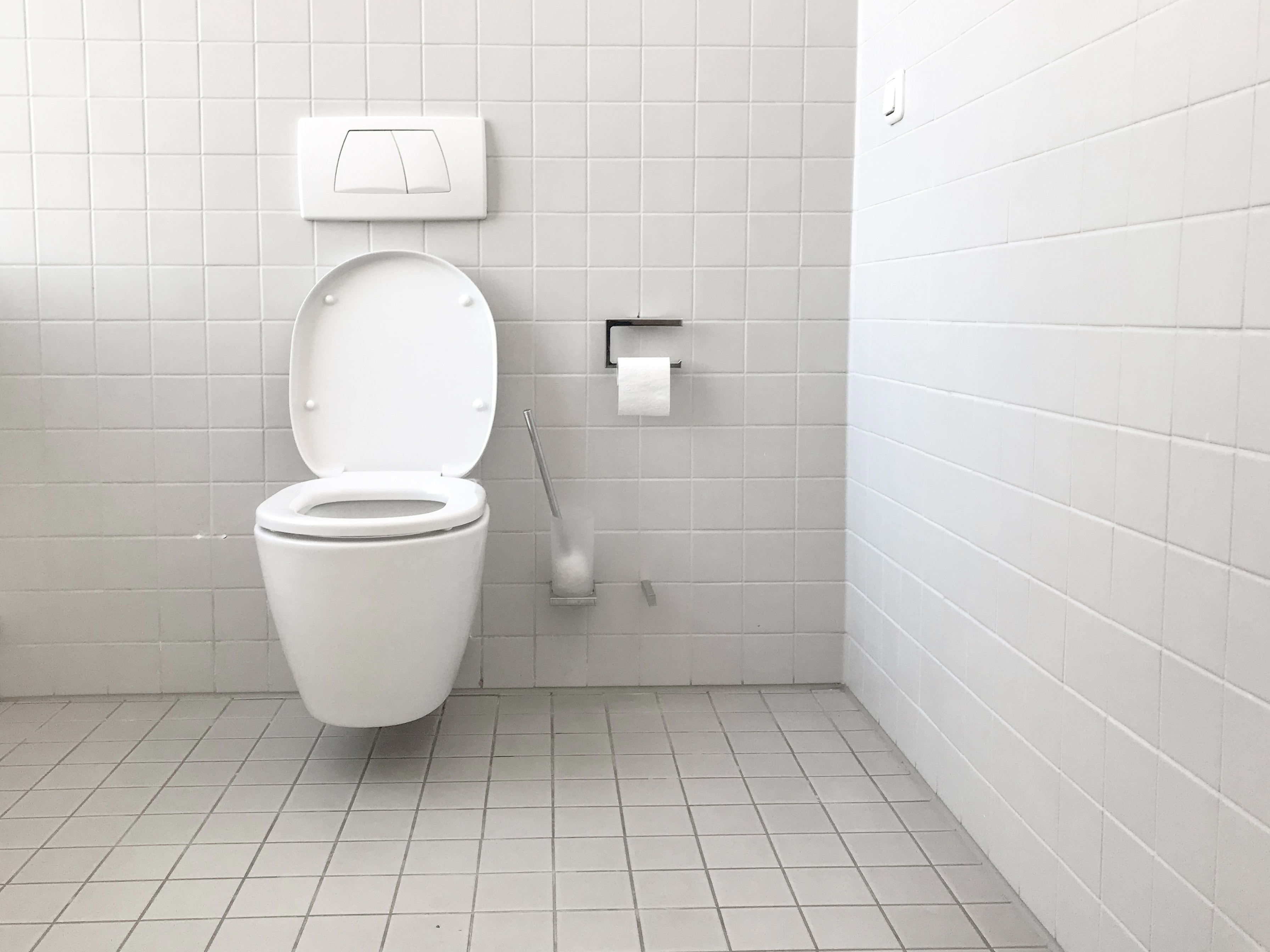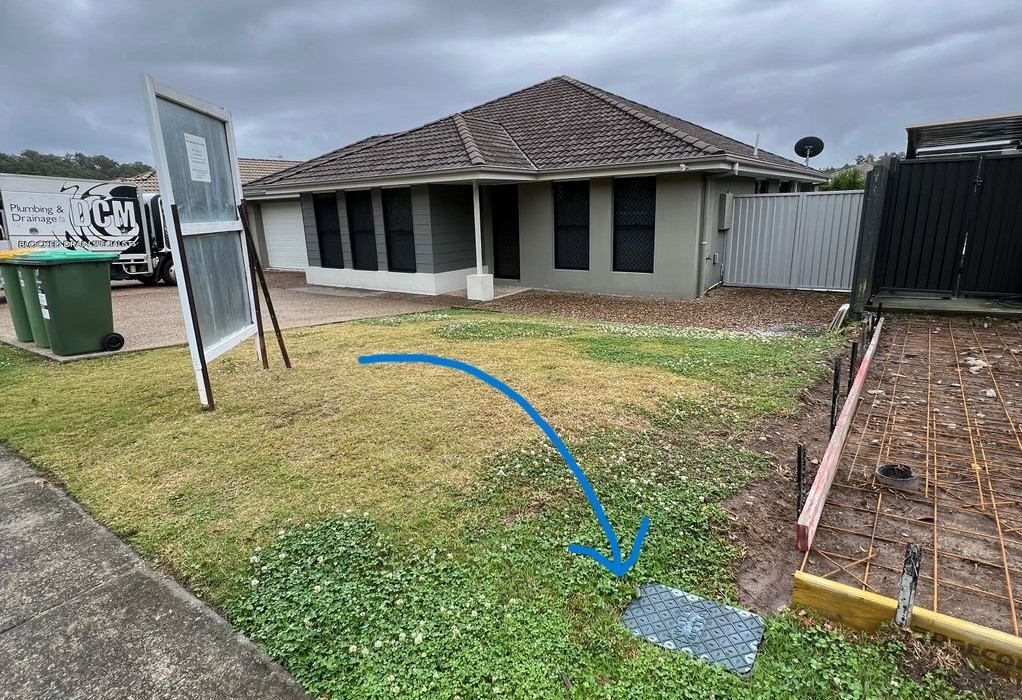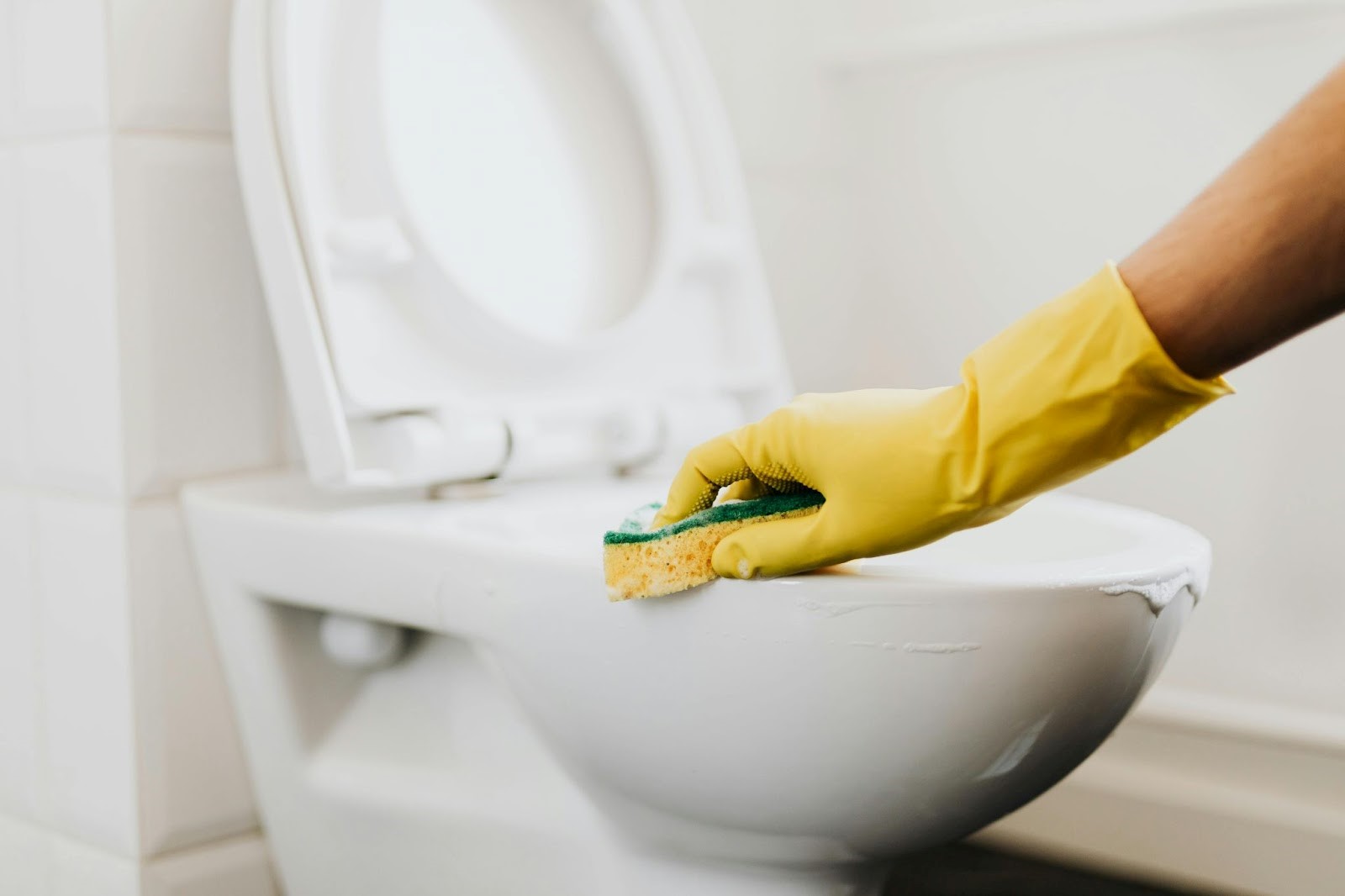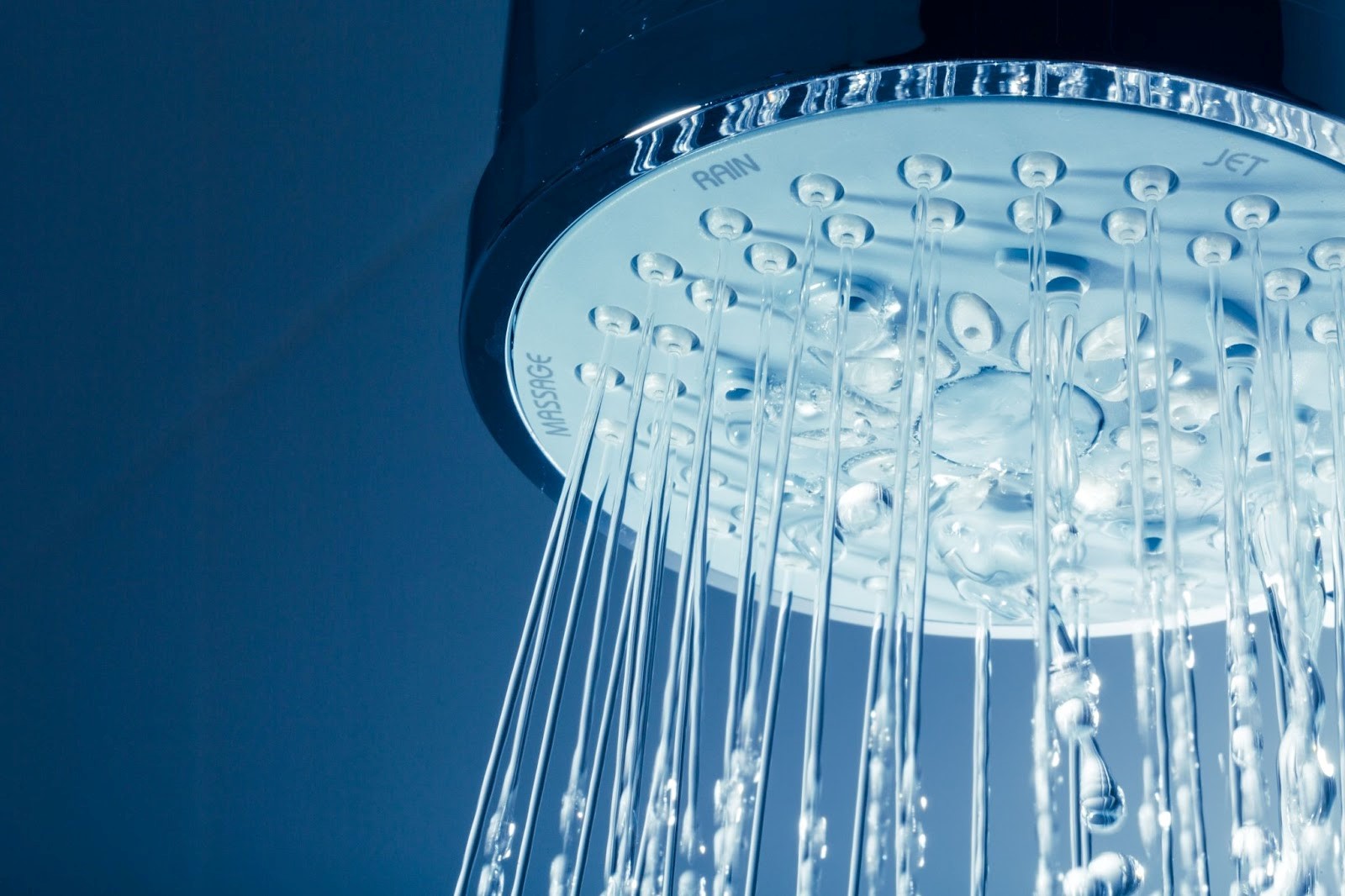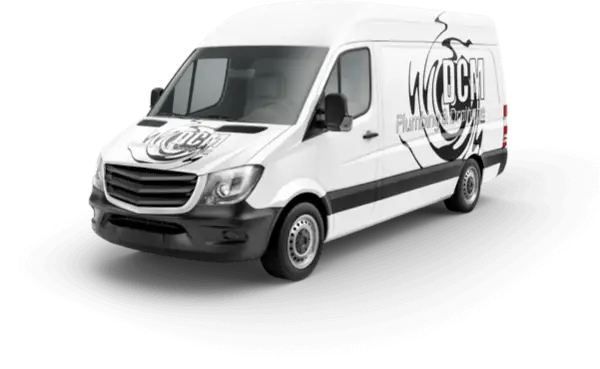A clogged toilet is one of the most common household problems. It can happen without warning and cause stress, bad smells, and mess. But in most cases, you don’t need to call a plumber right away.
With 35 years of experience under our belts and a solid reputation built with over 1400+ 5-star Google reviews, we’re no strangers to blocked toilets. Our plumbers have put together a guide on how to unclog a toilet using simple DIY methods. You’ll learn 11 ways to fix a blocked toilet using tools and items you likely already have at home. Each method is safe, easy to follow, and works for different types of clogs.
Before you start, always wear gloves and protect the floor with towels or paper. Never mix chemical cleaners, as this can release harmful fumes.
Not only does a blocked toilet cause considerable inconvenience, but it can also lead to larger, potentially more expensive problems down the track. So, let’s roll up our sleeves and get ready to get rid of blocked toilets for good.
11 Easy Methods to Unclog Your Toilet Today
- Use a plunger
- Pour hot (not boiling) water
- Add dish soap
- Use baking soda and vinegar
- Drop in Epsom salt or a bath bomb
- Use an enzyme cleaner
- DIY drain snake
- DIY drano bomb
- Toilet brush
- Plastic bottle pressure
- Use a wet/dry vacuum
Each method below includes clear steps. Start with the easiest option and move down the list if the clog remains.
1. Use a Plunger
A plunger is the most effective first step. It works by pushing and pulling water to loosen the clog.
Steps:
Choose a flange-style plunger. This type seals better inside the toilet drain.
Make sure there is enough water in the bowl to cover the plunger head. Add water if needed.
Place the plunger over the drain hole and push down gently to create a seal.
Pump the plunger up and down firmly for 20–30 seconds.
Remove the plunger and check if the water drains.
If not, repeat the process two or three more times.
Tip: Avoid splashing by plunging slowly at first. Consistent pressure is more effective than force.
2. Pour Hot (Not Boiling) Water
Hot water can soften or break up the clog, especially if it’s made of toilet paper or waste.
Steps:
Heat a bucket of water until it’s hot, but not boiling. Boiling water can crack the toilet bowl.
Pour the water into the bowl from waist height. This adds force and helps move the clog.
Wait 10–15 minutes to see if the water level drops.
Try flushing once. If it stays blocked, move on to the next method.
Tip: Combine this method with dish soap for better results (see next method).
3. Add Dish Soap
Dish soap helps by lubricating the pipes and breaking down greasy waste. It works best when combined with hot water.
Steps:
Pour half a cup of dish soap into the toilet bowl.
Let it sit for 10–15 minutes to settle and coat the blockage.
Follow with a bucket of hot (not boiling) water, poured from waist height.
Wait another 10–15 minutes.
Try flushing once. Repeat if needed.
Tip: If you don’t have dish soap, shampoo or hand soap can also work.
4. Use Baking Soda and Vinegar
This method creates a fizzing reaction that can help break down soft clogs. It’s a natural, pipe-safe option.
Steps:
Pour 1 cup of baking soda into the toilet bowl.
Slowly add 2 cups of white vinegar.
Let the mixture fizz and sit for 30 minutes.
Follow with a bucket of hot (not boiling) water.
Wait 10 more minutes, then try flushing once.
Tip: Do not use this method right after using chemical cleaners, as mixing substances can be dangerous.
5. Drop in Epsom Salt or a Bath Bomb
Epsom salt and some bath bombs create fizzing and heat, which may help loosen a minor clog.
Steps:
Drop a generous amount of Epsom salt or a bath bomb into the toilet bowl.
Let it sit and fizz for 15–30 minutes.
Add a bucket of hot (not boiling) water.
Wait another 10 minutes.
Try flushing once.
Tip: This method is best for light clogs or slow drains, not full blockages.
6. Use an Enzyme Cleaner
Enzyme cleaners break down organic waste using natural bacteria. They’re safe for toilets and septic systems.
Steps:
Buy an enzyme-based drain cleaner (check the label for toilet-safe use).
Pour the recommended amount into the toilet bowl.
Let it sit for several hours, or overnight for best results.
Try flushing once in the morning.
Tip: This method works best for organic blockages, not foreign objects or non-biodegradable materials.
7. DIY Drain Snake
This is a basic version of a plumbing snake, useful for clearing shallow clogs.
Steps:
Unwind a wire coat hanger until it’s mostly straight.
Wrap one end with a small cloth and tape it to prevent scratching.
Insert the wrapped end into the toilet drain.
Gently prod and move the wire to loosen the blockage.
Flush once to check if the water drains.
Tip: Stop if you feel strong resistance or can’t reach the clog, switch to a proper toilet auger instead.
8. DIY Drano Bomb
This homemade mixture uses common ingredients to break down clogs without harsh chemicals.
Steps:
Mix 2 cups of baking soda, 8–10 tablespoons of dish detergent, and ¼ cup of Epsom salt.
Let the mixture harden overnight in small portions (use an ice cube tray or spoon onto baking paper).
Drop one hardened “bomb” into the toilet bowl.
Add 4 cups of warm water.
Wait 30 minutes, then flush once.
Tip: Store the extra bombs in a dry container for future use.
9. Use a Toilet Brush
If the clog is close to the surface, a firm toilet brush can help push it through.
Steps:
Angle the brush head into the drain opening.
Push along the inner edge of the drain.
Move the brush back and forth to dislodge soft waste or paper.
Flush once to see if the clog clears.
Tip: Clean the brush well after use or dispose of it if heavily soiled.
10. Plastic Bottle Pressure
This method uses water pressure to force the clog down the pipe.
Steps:
Remove most of the water from the toilet bowl using a cup or container.
Fill a large plastic bottle with warm water.
Place your thumb over the bottle opening.
Insert the bottle nozzle into the drain hole.
Remove your thumb and squeeze the bottle firmly to release pressure.
Try flushing once to check if the clog moved.
Tip: Wear gloves and aim carefully to avoid splash-back.
11. Use a Wet/Dry Vacuum
A wet/dry vacuum can suck out the clog. Do not use a regular household vacuum — only use a vacuum made for liquids.
Steps:
Put on gloves. Empty the toilet bowl using a small container.
Place the vacuum hose into the toilet drain. Wrap an old towel around the hose to help seal the gap.
Turn the vacuum on for 10–15 seconds.
Turn it off and remove the hose.
Check the vacuum tank to see if it pulled out the blockage.
Try flushing the toilet.
Tip: Clean the vacuum thoroughly after use. Do not use this method if the vacuum is not rated for wet use.
Some Common Causes of a Blocked Toilet
Flushing inappropriate Items
Flushing items like wipes, paper towels, feminine products, ear swabs, and hair can result in clogs and ongoing plumbing problems. Even products that are marketed as “flushable” can cause issues as they do not degrade as easily as regular toilet paper. Your toilet is not a bin, and treating it as such can lead to blocked pipes.
New low-flow toilets
Newer homes may have low-flow toilets, which sometimes lack the necessary pressure to push waste material through the drain effectively. This low flushing power and smaller throat can result in material not fully flushing, leading to a perpetually clogged toilet.
Excessive use of toilet paper
Toilet paper is designed to degrade and flow through the drain without causing blockages. However, if too much is used, or if the toilet paper is thicker and multi-ply, it may not dissolve as well in water, leading to potential clogs.
Clogged toilet trap
Your toilet has an S-shaped trap, similar to the P-trap found in your sink. The job of this trap is to catch objects and prevent them from clogging the drain line. However, if non-flushable items or excessive amounts of toilet paper are flushed, they can get stuck and stop the trap from functioning properly.
Blocked toilet vent
Your toilet is connected to a vent that allows fresh air to enter the plumbing system, thereby increasing flushing pressure. If there’s a blockage in this vent, the pressure can drop, leading to recurring clogs. Symptoms of a blocked toilet vent can include gurgling noises, slow draining, and a foul sewer smell in your home.
Waste and debris buildup
Over time, waste and debris can accumulate in your pipes, causing them to become blocked.
Tree roots in the drainage system
Tree roots can invade your underground drainage system and cause blockages.
Cracked or broken pipes
These can prevent waste and water from flowing smoothly, leading to clogs.
Faulty flush valve seal
If the flush valve seal isn’t working correctly, it can result in weak flushes that don’t effectively remove waste from the toilet bowl.
Old or unmaintained external pipes
If your external pipes are not maintained or are old and collapsing, they can lead to toilet blockages.
Slow-moving or unmaintained septic systems
If your home has a septic system, any issues with it, such as slow movement of waste or lack of maintenance, can lead to toilet blockages.
Hard water issues
Hard water, or water that has high mineral content, can cause buildup in your pipes and lead to blockages.
Contact Our Plumbers If You're Still Struggling With a Blocked Toilet
With these practical and easy methods at your disposal, you’re well-equipped to tackle even the most stubborn blocked loos. Yet, remember that prevention is always the best cure. Understanding and avoiding the common causes of blocked toilets can save you from the inconvenience and potential plumbing issues in the future. Should your toilet persistently resist these methods, don’t hesitate to call. At DCM Plumbing, we’re always ready to assist with your blocked toilet. Contact us today!

